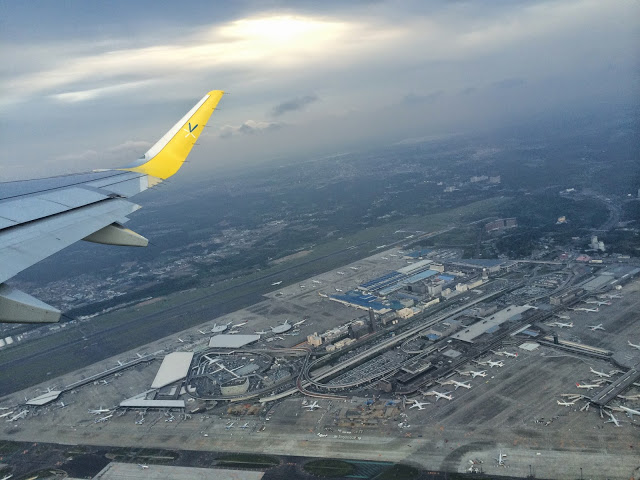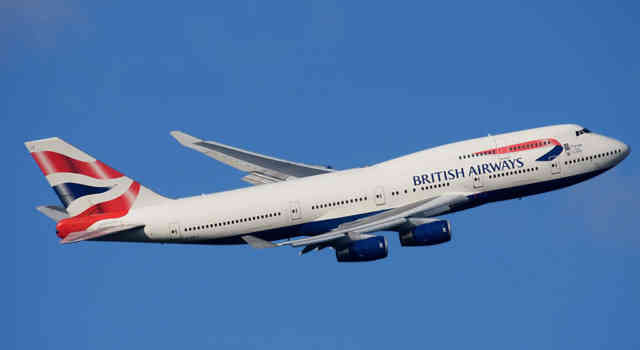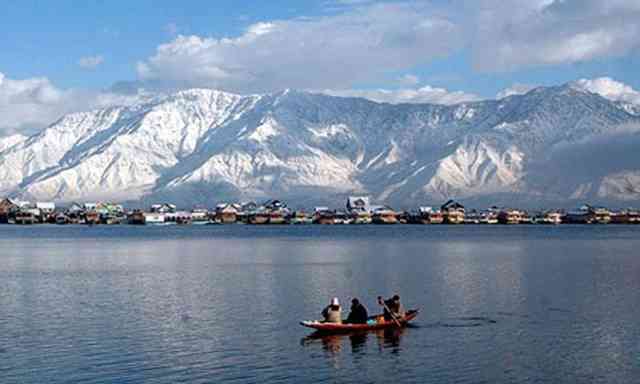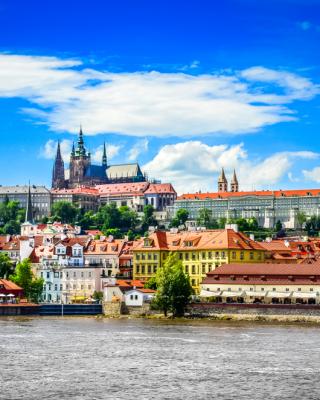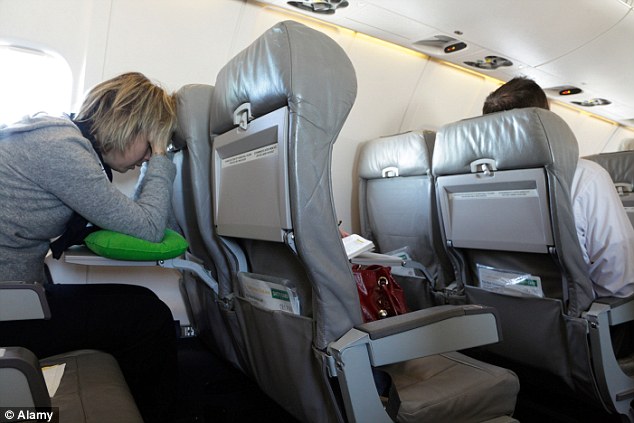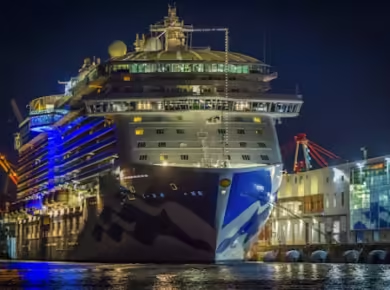With its slogan, Nonstop You, Lufthansa has proven to be one of the major players in the aviation field. Boasting of owning around 615 aircraft models (including subsidiaries), the airline has a huge market share. In recent times, flight bookings for the carrier have gone up owing to its enhanced service levels. Its primary hub is located in Frankfurt, from where Lufthansa flights operate to 18 domestic and 197 international destinations in 78 nations across Asia, the Americas, Africa and Europe.
The name of the airline has been derived from the words, Luft, meaning air in German, and hansa, meaning guild in Latin. Today, the airline is a synonym for exceptional passenger handling and an expansive network. The main source of providing outstanding ground handling and on-board service is the staff, working with the airline. They are not only trained to enhance the customer experience, but are also equipped to handle different situations like air turbulence.
Air Turbulence
Air turbulence is caused when there is a mass of air, moving at variable speeds along with other masses. A turbulent flight can be a scary affair for many, however knowing the causes and ways of handling its effects can be beneficial.
Stormy Weather
Thunderstorms and hurricanes play a big role when it comes to air turbulence. Flights on trans-Atlantic and Pacific routes are more prone to stormy weather, compared to others. The golden rule in aviation industry states that it is better to go around them rather than through them. Air currents in the middle of the storm can cause turbulence at altitudes of 50000 feet, which is higher than the 30000 to 40000-foot ceiling of most carriers. Turbulence due to weather can be detected easily by meteorologists and the Air Traffic Control (ATC).
Mountains
Strong winds, blowing perpendicular to mountain ranges, can cause the air flowing over the top to produce turbulence in the form of waves as they reach the other side. The pressure and strength of the air wave are similar to ocean waves that break on the shielded side of a submerged reef. This type of turbulence can be anticipated by pilots as this is a common occurrence when flying over mountains like The Alps. A further tipoff for these phenomena is the presence of various lens-shaped lenticular clouds, right over or near the range.
Clear-Air Turbulence
This occurrence is caused by the aerial river, formed when the cold Arctic air meets the warm southern air and slow-moving air close to it. Creating a jet stream boundary, this shifts invariably, causing unexpected turbulence in an aircraft. As there is no indication of this condition, it becomes impossible to detect it.
Coping with Air Turbulence
Even the most turbulent event can never cause an aircraft to crash, but it can definitely give a bit of jitters to passengers. Airlines flying over the Alps, Trans-Atlantic and Pacific routes like Lufthansa ensure that their pilots and on-board staff are capable in handling these situations in a calming manner. Passengers, travelling on these routes in Lufthansa flights, need to be seated and belted properly to reduce the effects. The Lufthansa staff strongly discourages loitering around in the aisle at this time as turbulence may be intensified at speeds of approximately 800 kmph.
These conditions can scare anyone with Lufthansa air tickets, however the expert and knowledgeable staff of the airline is a ray of hope for many aggravated passengers.
